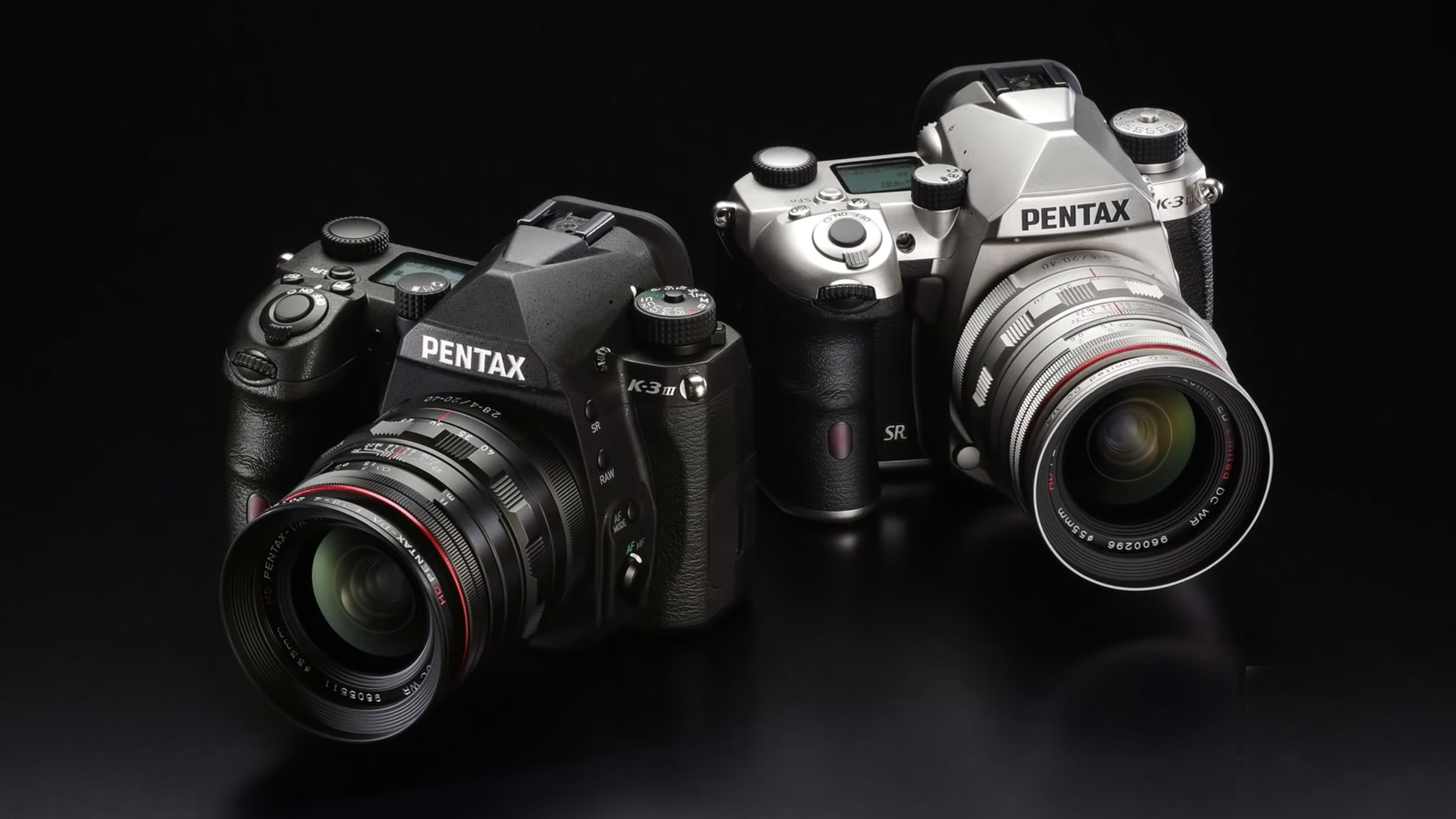
Ricoh has issued firmware updates to two DSLR cameras, the Pentax K-3 III and Pentax K-3 III Monochrome adding Star AF, Astro photo Image processing, and improved stability.
In a world where mirrorless cameras are now considered the norm, many manufacturers have decided to halt production of DSLRs, but not Pentax. The Pentax K-3 III and Pentax K-3 III Monochrome have filled the gap for new DSLRs, offering impressive features that make you miss mechanical components.
DSLRs remain a favorite for astrophotographers and the new firmware update aims to keep it that way. The update notes are as follows:
Pentax K-3 III (V2.20) / Pentax K-3 III Monochrome (V2.20)
" Added three functions as a limited function of Astrophoto Assist:
• Star AF
• Remote Control Focus Fine Adjustment
• Astro photo Image processing
Improved stability for general performance.
Note: When this update is done, the contents of version 2.13 and earlier will be also updated. When this update is done, you will not be able to restore back to version 2.13 or earlier. "

Accompanying the firmware update is a manual introducing the three new functions, showing what they do and how to utilize them.
Star AF (autofocus) is a focus option that enables the user to select stars in the night sky as the autofocus subject. Traditionally difficult to focus on, Star AF when used in conjunction with a tripod, uses contrast AF to make a more accurate selection. This can take around 10-30 seconds, but in the world of astrophotography, no time at all!
Remote Control Focus Fine Adjustment utilizes the Remote Control Waterproof O-RC1 to refine focus without touching the camera or lens. This is a helpful tool in both astrophotography and macro photography when touching the camera, tripod, or lens can alter the focus position, in these fields of practice the smallest movement can mean big changes.
Thirdly, the Astro Photo Image processing function is a new option that enables the editing of Astro images in the camera enabling users to select and process in the field. The image can then be saved as a new JPG file.
The following six processing options are provided: Shading Correction, Uneven Correction, Background Darkness, Star Brightness, Celestial Body Clarity, and Color Fringe Correction.
The Astrophoto Assist User’s Manual found on the download page goes into a lot more detail on how you can utilize these new features, with step-by-step guides and illustrated diagrams.
Check out our guides to the best DSLR cameras, the best cameras for astrophotography, and the best telescopes.







